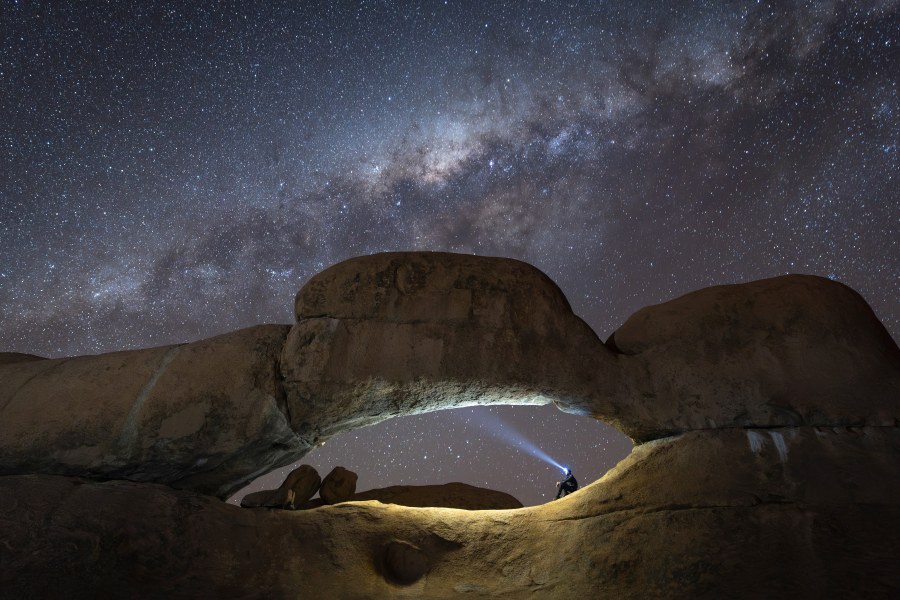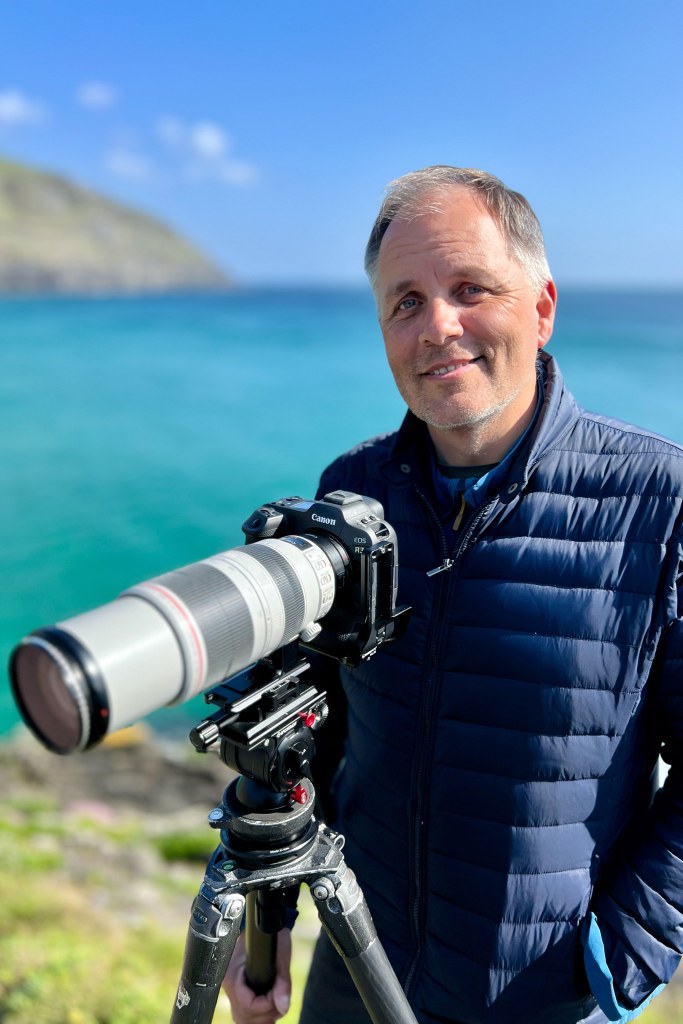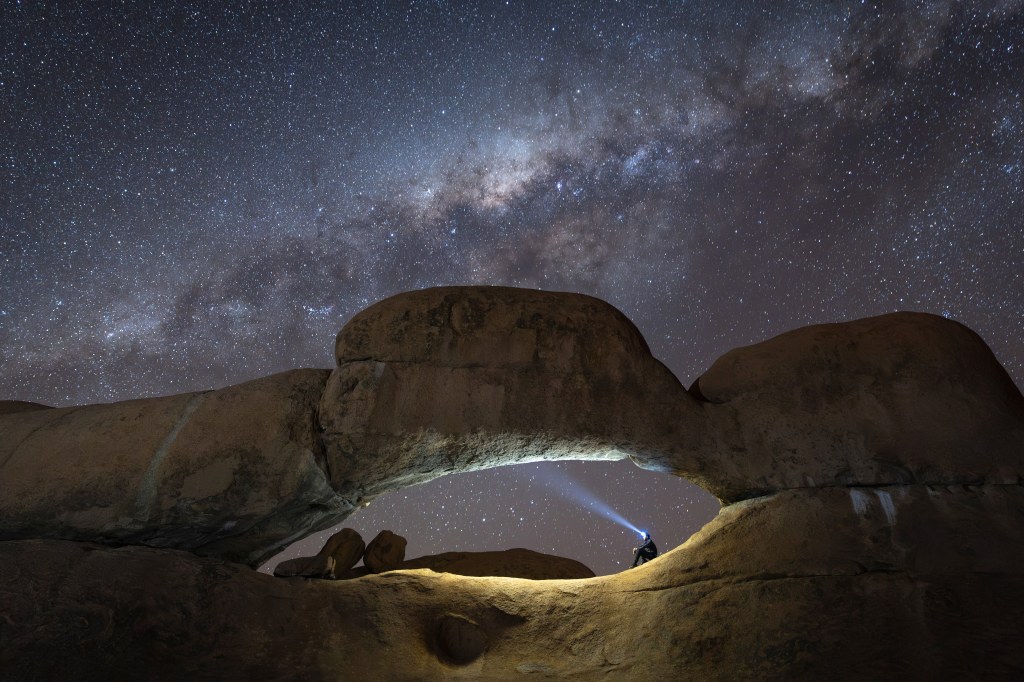David Clapp has been using the Canon EOS R3, one of the best Canon cameras available, but what makes the R3 special? Find out in David’s in-depth long term field test.
I’m a professional photographer concentrating on landscapes, seascapes, architecture, macro, and travel (or all of these combined, when in a foreign country). In addition, I shoot some commercial portraiture, street photography, infrared, and astrophotography. I even make occasional but somewhat laughable forays into wildlife photography (my wildlife skills are rated at ‘roadkill’ level).
So what is a high-frame-rate, fast-focusing action and sports photography camera like the Canon EOS R3 doing in the hands of a low-shot-count, compositionally contemplative photographer? The answer, quite simply, is opening creative doors.
Everyone who holds my R3 in their hands looks back at me and grins. I have seen my 80-year-old mum start to grin and shape-shift, as she too can feel the limitless power that resonates from this magic wand.
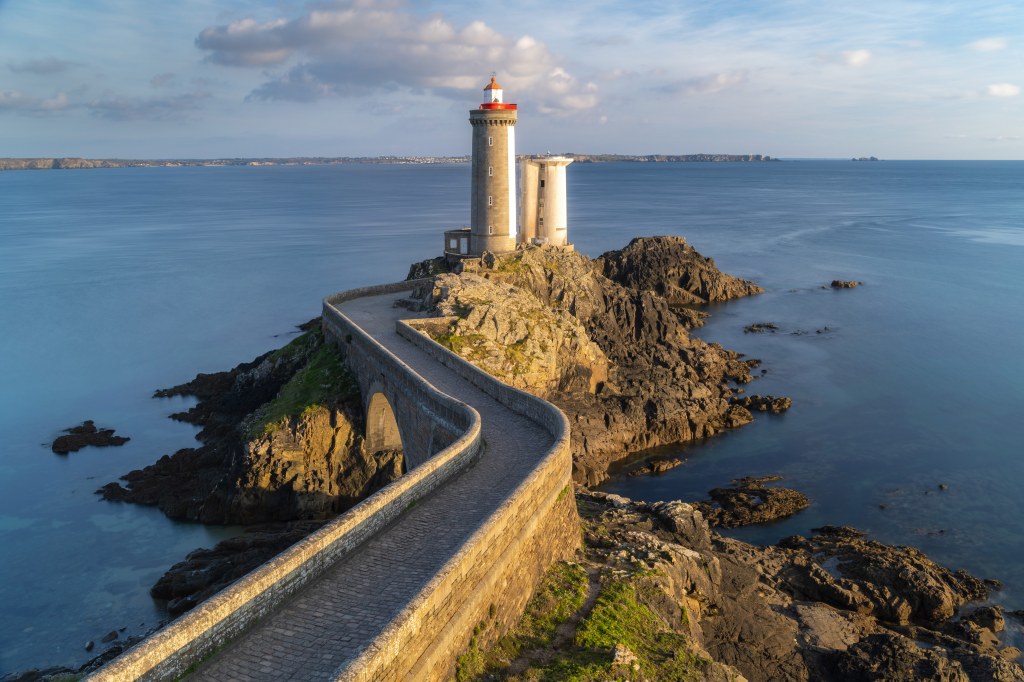
Canon EOS R3 – At a glance:
- £5,499 body only
- 24.1MP stacked-CMOS sensor
- ISO 100-102,400 standard
- 5-axis in-body stabilisation
- 30fps continuous shooting with C-AF
- 6K 60fps, 4K 120fps, FullHD 240fps
- 5.76m-dot, 0.76x EVF viewfinder
- 3.2in, 4.2m-dot articulated touchscreen
Becoming the owner of top-level professional level equipment changes you a lot. It demands you become the very best you can. You stand straighter, walk cooler as the world seems to pass more harmoniously. Armed and dangerous, you become more observant and talk less.
On the daily commute, you devour the thousand-page PDF manual, looking for methods that will become your advantage. On the sofa, you scrutinise the menus in blank self-absorption, practising and memorising mental pathways, learning the layout and handling like Jason Bourne. Right now, I could kill you with a towel.
I owned a Canon EOS-1Ds Mark III and then an EOS-1D X in 2014 and it changed everything. The 1D X spent most of the year rather surprisingly as a summer backup to a Canon EOS 6D (which has Wi-Fi and GPS, essential for my work).
Sat lounging around in hotels smoking cigars, it sat waiting patiently for deployment in the Arctic during the auroral winter months. One winter morning in northern Finland, I broke a personal record – it was -41ºC in a frozen forest. Stupidly I actually watched my gloveless fingers began to change colour in just ten minutes. I spent the next three-quarters of an hour with my stinging hands on the van heater, while the camera, encrusted in hoar frost, was outside doing press-ups.
You can probably tell from my rhetoric and uncontrollable and vivid narrative, that the EOS R3 has me just as spellbound. After a break with the Canon EOS 5D Mark IV it was such a relief to get that professional feeling back. The grip, the dual controls, the sleek Area 51 build; it’s the synergy of the highest-grade innovation and manufacture. The bond is now so deep that just writing about it has made me put it on the table in front of me.
“Look around at what everyone else is doing and don’t do that.”
One question I get a lot is why did I not buy an Canon EOS R5? My primary reason was ‘look around at what everyone else is doing and don’t do that’, a lesson I learned long ago.
In the pursuit of photographic excellence, technology is your vehicle into the creative realm and I felt it was not the door to walk through if I wanted to maintain my identity.
All my purchases are very considered and made when I cannot live without these new tools (over the years, live view, Wi-Fi, GPS in previous models). A serious investment needs to open new creative doors, or it’s just an upgrade. The R3 did exactly that, calling me onwards towards a new perspective.
Canon EOS R3 – Megapixels and sensor
I have never had a use for high-megapixel cameras. I have found that 24MP is more than enough in my line of work and I prefer the sensor advantages in other ways. Despite having numerous loaned Canon R5’s over the past few years, the camera is not for me.
My timeline since 2006 has consisted of five Canon DSLR cameras – the Canon EOS 5D (12MP), Canon 1Ds Mark III (21MP), Canon EOS 6D (20MP), Canon EOS 1D X (18MP), and the Canon 5D Mark IV (30MP).
As a side note about this line-up, the Canon EOS 6D stands out as one of the greatest second-hand cameras you can ever buy for the beginner on a budget. What I will say is that the R5’s standout strength is its potential to change aspect ratio and still keep the files large (1:1, 4:3, 16:9), but this was not enough for me.
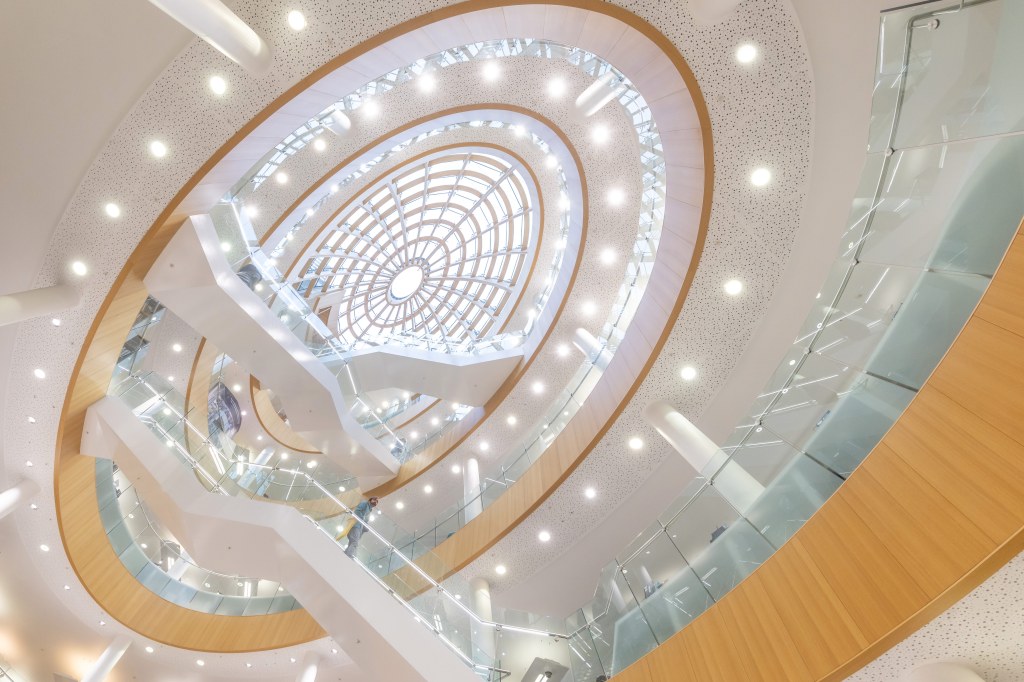
My line of work is mainly editorial, agency, and photographic tours, and none of these requires large print sizes. I do sell work through royalty-based art companies across the world, but none of these has ever asked for larger file sizes than what I already provide.
Let us also pause for thought – the new wave of incredible AI tools available in raw software, now means I can convincingly upsize a 24MP file to 48MP in Lightroom, so it doesn’t justify another large-megapixel body for the odd time I need a bigger image. These digital tools will only get better.
I shudder to think of the files I have deleted over the years that were ‘too noisy’ and what potential could have been recovered today.
For me the camera’s IBIS sensor was a huge step forwards, in tandem with the lens IS.
The Canon EOS R3 features a 24.1-megapixel full-frame stacked back-illuminated CMOS sensor. This sensor is designed for high-speed performance and improved low-light capabilities in particular.
Although the stacked architecture allows for faster readout speeds, it is not essential in my line of work (yet). The sensor also supports a wide ISO range from 100 to 102,400, expandable to 50-204,800. Most important to me is a clean ISO 6400 for night work. Again, add the AI Denoise into the mix and the harmony of software and hardware in synergy pushes the potential beyond its design.
Canon EOS R3 – 4K video
I have always wanted to shoot video, but all the cameras I have owned have been eclipsed by the new wave of mirrorless video (without cropping). If you are one of the many photographers who own a flagship camera and never press REC, I suggest you try to animate your landscapes with a touch of video. It is perfect for talks and presentations.

Last year, a month after I bought the R3, we had one of the most magical springtimes I have ever seen on Dartmoor, near to where I live in Devon. The hawthorns were literally dripping with blossom, with cuckoos calling and redstarts flitting through the golden morning dew in search of insects. I borrowed a CFexpress Card and a fluid head from my mate Callum and headed out in search of magic. I made immersive field recordings on a Sony PCM-D100 audio recorder, using DJI mics placed thoughtfully, recording additional audio tracks.
I was staggered that the R3’s video quality meant I could produce broadcast-level natural history work, which I processed on my MacBook M1 Pro with a set of quality headphones. The result was three exhausting weeks of fieldwork, 100GB of 4K footage at all frame rates available, and a big editing/grading problem. I began to learn DaVinci Resolve and this revealed the power of CLog3. The result was ‘A Dartmoor Springtime’ (you can find it on YouTube) – 12 mins of 4K video that taught me to lose my fear of video for good.
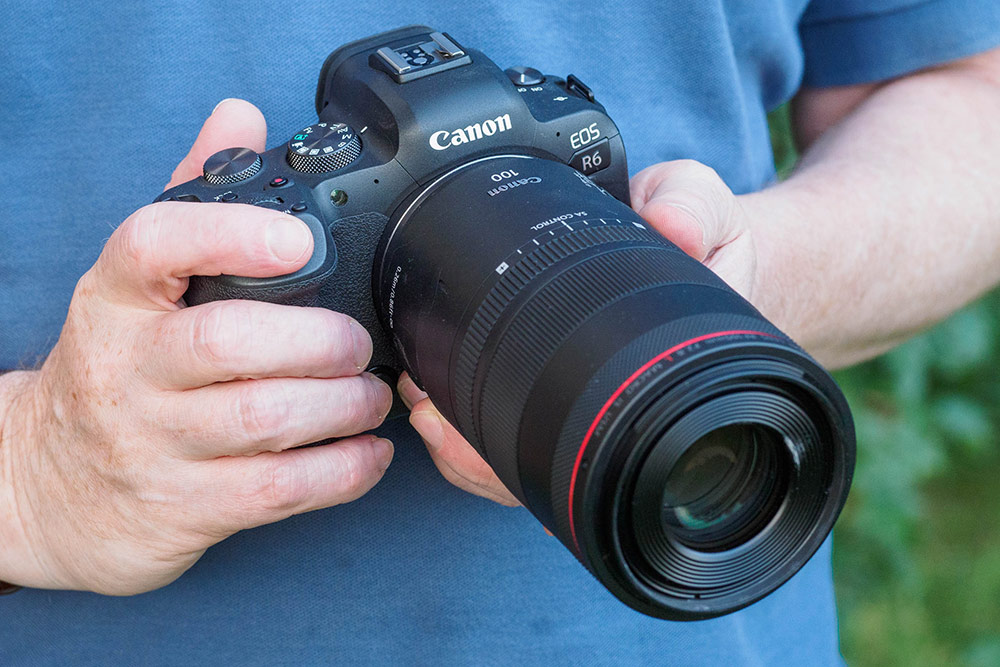
I became addicted to 4K 100fps. I bought the Canon RF 100mm F2.8 Macro, which to date is my only RF lens. This gave me access to close-ups I could never have dreamed of recording – damselflies, spiders and flowers. I animated life on rivers and open moorland. Ponies snoozed in the warmth of the morning sun and I spent my time absorbed in an intimate and meaningful world beyond anything I have ever experienced.
I now look for video content as much as I do stills. I contribute to Getty Images and it has a video section where I am now starting to push my work for sale. Many TV productions require static video clips of scenes, and I am literally a button press from saleable ten-second 4K 50fps clips – a photo come to life.
Canon EOS R3 – Handling and controls
It has been such a relief to return to a camera with vertical (portrait-orientated) shooting controls. It takes a little while to get used to, as the layout does not duplicate the rear control dial which feels a little out of reach. Regardless, the magic is in the comfort and speed of change, avoiding the awkward right-arm raise. Most cameras in the Canon range have battery grip options but the R3 is a joy to use in any situation.
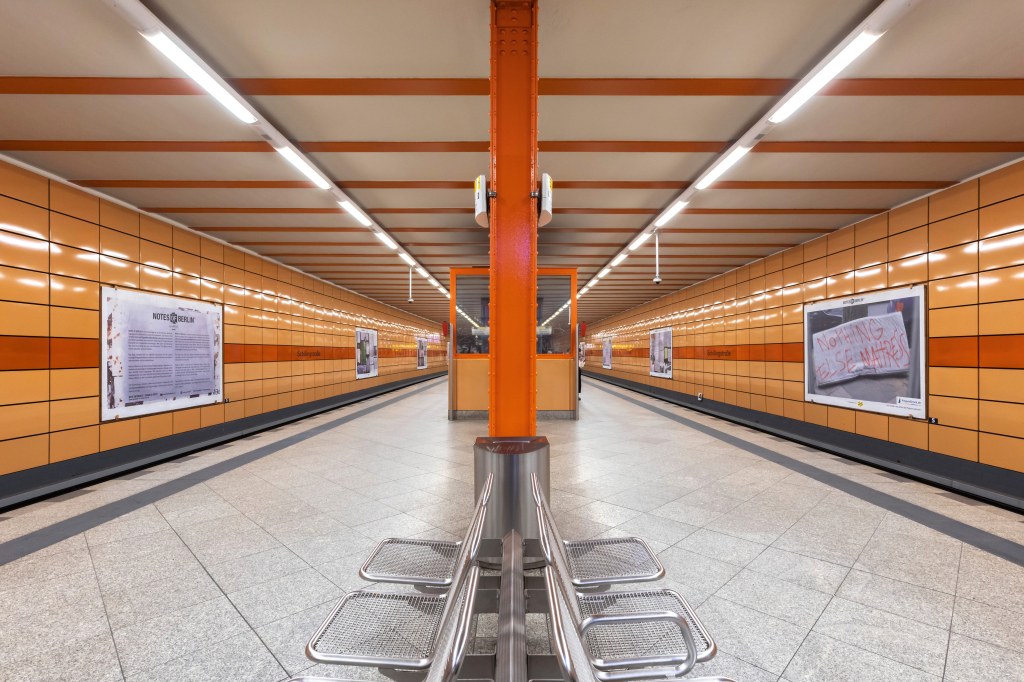
The large triangular batteries are full of power. With conservative and considered shooting, I can average three days on tour before a battery change is needed. I shoot the odd event and now I regularly photograph models for a small clothing company, so this figure will vary. I bought a second battery, and this means I can shoot without charging for almost a week on a landscape trip.
The weight is exceptional. The R3 is just over a kilo (1,015g), whereas the 5D Mark IV was just under (890g). That means the R3 is only 125g heavier. I was not expecting that. Compare the R3 to the 1D X (1,551g) and 1DX II (1,544g), all with batteries – the R3 is half a kilo lighter! That makes a huge difference.
Canon EOS R3 – Viewfinder and screen
Come in, grab some popcorn and take a back seat in front of the biggest electronic viewfinder. It is like your own personal cinema screen. Do expect confusion from passers-by, as you appear to be photographing a paving slab for ten minutes. With 5.76 million dots, the review/playback is such a pleasure, just like the flip-out rear screen. I liken them to monitor speakers, accurate and balanced. I have found that when shooting macro subjects and flowers, on and off the tripod, the angled screen is extremely useful.
Canon EOS R3 – Focusing and tracking
I like Canon’s Eye Control focus, but not for long. I have found over the past year I go through phases of using it, but I struggle with it for everyday use as I constantly look all over the frame for distractions when composing. I had an EOS 5 film camera back in the day and I was wondering why Canon never seemed to pursue this very cool legacy feature until now.
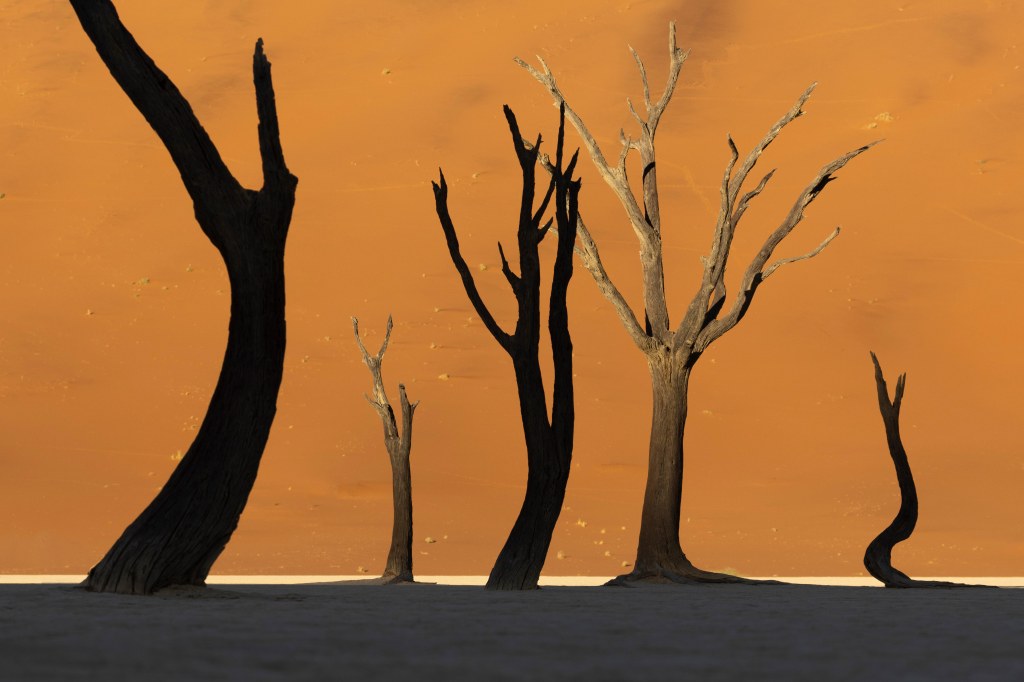
With over 1,000 focus points that span the entire screen, it’s been an absolute joy to move away from fixed focal points of a mirrored camera. I use face/eye tracking and I have recently been experimenting with Register People Priority as well as Custom AF Areas too. The R3 is superb when I need complex tracking modes. You will be perhaps surprised to find out that many of my reasons are static, allowing me to reframe with the tracking subject switched to OFF. This allows the photographer to pick a point, move and then recompose, all while tracking a static object, which is very powerful.
I have also found this method extremely useful for photographing flowers, combining it with AI Servo focusing. A flower gently swaying in the wind is no longer a problem, lock on and the super-responsive speed of the R3 AF adjusts to minute distances, keeping the head pin-sharp.
TIP: Try using the tracking in Humour mode. When I first got the R3, I told my test shot wife Rachel I was having trouble with my new camera’s face tracking. For some reason Animal tracking seems to work better on her than People. Again I appreciate the camera’s lighter weight, especially when sprinting.
Canon EOS R3 – Customisation
This is where the R3 really comes into its own. It has more buttons, more configuration possibilities and set-up options, but these span across both the photo and video modes. I sat and watched a few YouTube videos from wedding photographers to help me set up the full hybrid workflow. In brief, it has a dedicated video/stills switching system so you can shoot video fast without reconfiguring. The R5 requires users to manually switch modes and then select the appropriate custom setting, which can be less efficient.

There are three Custom Modes, C1, C2 and C3, which can memorise settings for stills. I have C1 set to outdoors (simple daytime shooting), C2 for indoors (higher ISO for interiors) and finally C3 for action (tracking/ high ISO etc) should a fast-moving opportunity present itself. Flick over to video and C1 > C3 have their own set of modes – C1 for 25fps, C2 for 50fps and C3 for 100fps respectively, all set to Clog3/Canon Cinema Gamut.
I have also enjoyed the Custom modes Auto Update feature which allows me to adapt the current C mode to whatever I am doing. Historically when the camera powers down, all changes would be lost, but now the camera refines my settings while I work.
Canon EOS R3 – Lenses
Surprisingly, other than the RF 100mm F2.8 Macro, I have stuck with all my old EF glass, not the steadfast approach most RF photographers anticipate. The reason for this is not just economic, but the full-spectrum Canon EOS RP that I use for infrared. The system requires the drop-in filter RF/EF adapter, so I can insert IR filters between the lens and the RP body.
I cannot carry a duplicate lens system, so I accepted this limitation. I swap the adapters over from the RP to the R3, so I can use a variable ND and polariser drop-in filters for stills and video.

The new lenses are a significant improvement in weight/speed and design, but for now I am happy with my original Canon EF 16-35 f/4L IS, Canon EF 24-70mm f/4L IS USM and Canon EF 100-400mm f/4-5.6L IS USM II as my everyday trio. All operate to specification, for the mostly static photographer with the odd action photography bolt-on.
Canon EOS R3 – In the field
The first image I took with the R3 (other than my kitchen) was aurora over Dartmoor. I took a glorious shot at ISO 6400 of a light-painted Hound Tor, Dartmoor, thanks to a tweet I read in a panic at 12:30am. I felt somewhat technically impaired that night, as the menus felt a little daunting to say the least, but the shots were exceptionally good and I put huge faith in the sensor and the camera’s build.
Then the video project on Dartmoor finished, I went to Berlin, a recce for an architecture trip I am running this year. I became symmetry obsessed, shooting everything from long lens details to a fisheye lens, crouched on underground station platforms. I was concerned how ‘wealthy’ I now looked, but the city gave me no reason to fear using it. The dynamic range was exceptional in mixed lighting conditions and the pictures looked so precise – very German.

Namibia and Jordan were two locations where I put the camera put through its paces. I used the R3 for all sorts of subjects and environments, including a doors-off helicopter flight in intense conditions. The camera shot everything from long-lens landscapes to astrophotography, although I do now have a dedicated EOS Ra for this purpose too.
The environment is dusty and hot, but the ‘Shutter at Shutdown’ feature has proved to be such a valuable addition, keeping everything off the sensor by closing the shutter when the camera powers off. That’s a very important feature when changing lenses – the sensor is still as clean as the first day I used it.
Christmas in Kerala actually produced some of my first bird images! In Brittany, there was a lot of coastal spray and some wet weather, but since then I have been photographing the quieter world of commercial clothing. Although not a very intensive focusing task, it gave me the chance to experiment with tracking modes and I even shot some vertical video for company social media.
Canon EOS R3 – Processing
The one thing I have noticed is that the R3 Raw output literally processes itself. When I upload raws into Lightroom I am sat there wondering what to do. I have noticed more natural-looking colours and contrast than I was used to from the 5D IV. If you are always respectful of the lighting conditions and your shooting is well timed, the pictures will take very little processing at all.

Noise control is superb, with the cleanest ISO 3200 and ISO 6400 I have ever seen, making this camera perfect for low light. The backlit stacked-CMOS sensor really wins here and although I have AI Denoise on my side, the pictures clean up easily, with very little noise reduction required.
Canon EOS R3 – Final thoughts
Although the mighty behemoth EOS R1 has been announced, the level that the R3 has set is going to be difficult to surpass. Nearly two years old, the technology on board is still exceptional and either new or second-hand, the quality and potential this camera offers is really hard to beat.
I think I ought to get out and start shooting some action in the coming year. I fancy my hand at some airshows and motorsports, just for the fun of it. I also think I would like to visit a bird reserve or two in the future. I love shooting animal portraits, but now I can try my hand at flight pictures too. Gannets or puffins would be just the ticket. I am learning my way.
With video now becoming a revenue stream as well as a passion, I feel I have fully transitioned, and I have managed to make significant strides in this arena. Quality video is easy with the R3, and it’s just a button press away.
The camera should call you onwards to be a better photographer, to sail towards new horizons, and the R3 contains so much potential. Canon has my back and it will see me through the next five years or more, helping me develop an evolving portfolio of newer and more exciting ideas.
Related reading:
- Read our full Canon EOS R3 review
- Nikon Z9 vs Canon EOS R3 vs Sony Alpha 1
- Canon EOS R5 vs Canon EOS 5D Mark IV – which is best?
- Canon EOS R3 vs Sony Alpha 1 and A9II
Follow AP on Facebook, Twitter, Instagram, YouTube and TikTok.

